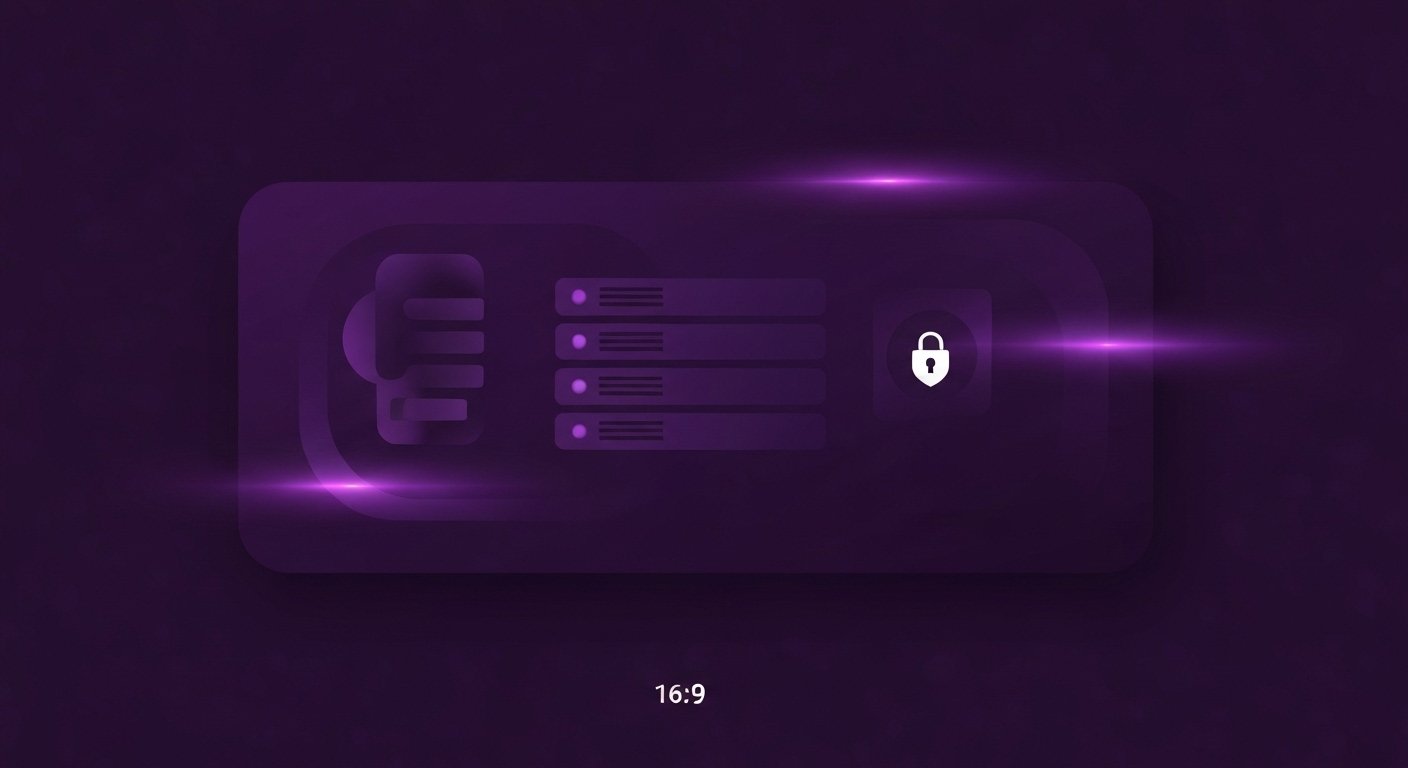Ensuring compliance is no longer a box to tick. It is a living process that must keep pace with AI systems that learn and change. Companies today must blend legal know how, technical controls, and continuous oversight to manage AI risk. This article explains a practical path to build compliance monitoring using AI agents. It is aimed at compliance leaders, engineers, and product teams who need systems that spot drift, flag risky behavior, and provide traceable evidence for auditors.
Why continuous monitoring matters for AI compliance
AI models do not stay still. Data, user behavior, and system integrations change over time. As a result, a model that was compliant at deployment can drift into risky outcomes. Continuous monitoring catches this drift early and produces audit trails that regulators expect. Ongoing checks create evidence that you acted responsibly, which matters for regulators, customers, and boards. For example, biased outputs often surface only after deployment when real data exercises untested paths. Therefore, your monitoring program should cover inputs, outputs, and intermediate model signals and combine automated AI agents with human review for nuance.
Key monitoring goals include safety, fairness, privacy, robustness, and traceability. To achieve these goals, implement metrics, logging, alerting, and governance workflows. In practice, teams build metric dashboards and then use agents to watch those dashboards for anomalies. The result is faster triage and better evidence collection when issues appear.
Core components: people, process, platform
A robust monitoring program rests on three pillars: people, process, and platform. First, people: appoint a cross functional team that includes compliance, engineering, product, and legal with clear roles and escalation paths. Second, process: define what you monitor, how often, and what counts as a breach. Third, platform: choose tooling that supports traceability, real time checks, and model explainability. Below are concrete items to include in each pillar.
People
- Compliance owner who manages policy and audits.
- Model steward responsible for technical metrics.
- Data steward who vets input quality.
- Incident lead for triage and external reporting.
Process
- Define thresholds for alerts and false positive windows.
- Map regulatory reporting timelines into your playbooks.
- Maintain a change log for models, data, and configuration.
Platform
- Centralized logging with immutable storage.
- Explainability tools to justify decisions.
- Automated tests that run before and after deployment.
These elements create accountability and give auditors the records they need. For a governance framework reference, review the NIST AI Risk Management Framework and ISO guidance on AI management systems (NIST AI, ISO).
Technical design: agents, telemetry, and testing
Designing agents for compliance monitoring means building lightweight watchers that run checks, log findings, and trigger workflows. Agents can be rule based, ML driven, or hybrid. Rule based agents check for explicit policy violations. ML agents detect anomalies or subtle drift. Hybrid agents combine the speed of rules with the nuance of models. Telemetry is crucial. Capture input distributions, prediction distributions, confidence scores, performance metrics, and downstream business metrics. Store telemetry with timestamp, model version, input hash, and user context to ensure traceability.
Testing must include synthetic stress tests, adversarial tests, and fairness scenario tests. Below is a sample checking loop an agent might run every day.
- Pull latest telemetry for a model and its version.
- Compare distribution of recent inputs versus the reference baseline.
- Run fairness checks across protected attributes.
- Score outputs with safety filters and flag threshold breaches.
- Log anomalies and create a ticket if human review is needed.
Instrument agents to produce immutable logs that auditors can review. Retain model artifacts and configuration metadata for required retention periods. Tools like model registries and feature stores make this easier. For design patterns and libraries, see guidance from observability vendors and security guidance at OWASP.
Operational playbook: alerts, triage, and remediation
When an agent flags an issue, you need a repeatable playbook. Speed matters, but so does accuracy. Define alert tiers so teams know what must be actioned immediately and what can wait for scheduled review. For example, use three tiers: critical, elevated, and informational. Critical alerts require immediate triage and possible takedown. Elevated alerts need investigation within business hours. Informational alerts can feed continuous improvement.
A good playbook defines the following steps.
- Detection: Agent raises alert with evidence and links to logs.
- Triage: Model steward reviews evidence and assesses risk.
- Containment: If high risk, route to an emergency change process.
- Root cause analysis: Use logs, model explainers, and sample data.
- Remediation: Retrain, patch, or revert the model as appropriate.
- Reporting: Notify stakeholders and regulators if required.
Make sure human reviewers have clear instructions and tools to reproduce the issue. Retain communications and remediation records for audits. Adopt a culture of blameless postmortems so teams learn fast.
Building trust: reporting, audits, and continuous improvement
Monitoring programs should produce meaningful reports for auditors, executives, and customers. Reports must be concise and include key metrics, incidents, mitigations, and timelines. For high risk models, include a logging summary, bias tests, and a list of deployed versions. Auditors will want immutable logs and chain of custody for data and models. In practice, set up quarterly reviews and simulate audits to test readiness.
Use continuous improvement loops. After each incident, update checklists, improve thresholds, and adjust agent sensitivity to avoid alert fatigue. Make transparency part of your brand where appropriate, and publish a short governance statement on your site so customers can see your approach. For further reading on standards and best practice, consult NIST resources, ISO drafts, and OWASP materials, and explore examples on Agentix Labs.
If you need help building or operationalizing AI agent based monitoring, start by defining metric dashboards, selecting a model registry, and creating an incident playbook that includes escalation paths and audit logging.


